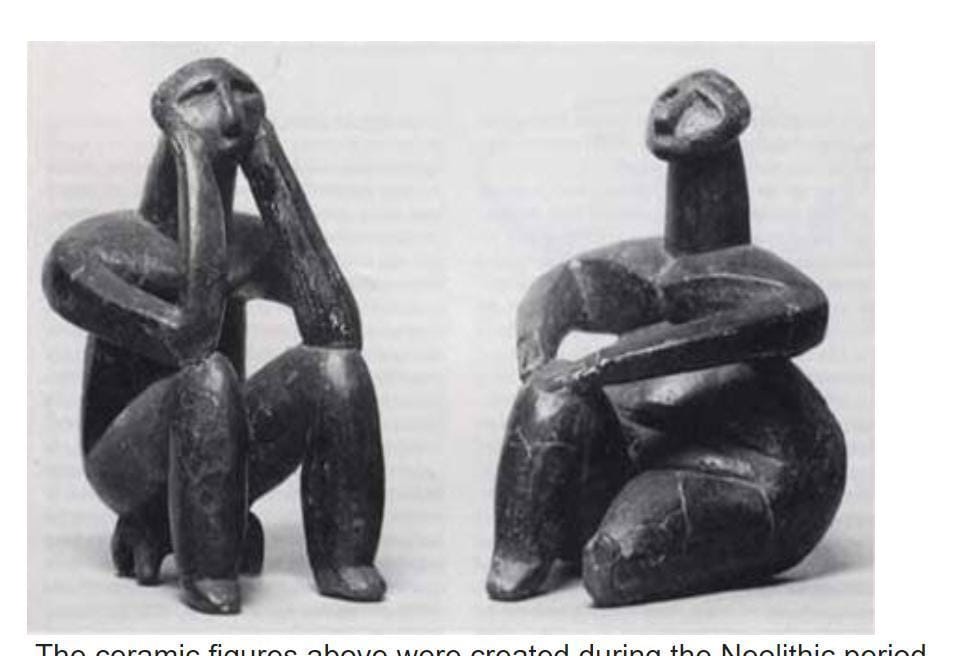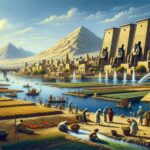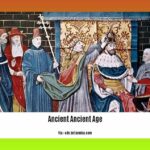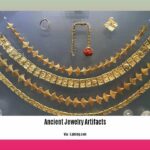Step back in time to the Neolithic period, a pivotal era in human history marked by the rise of agriculture and settled life. This profound shift, beginning roughly 10,000 years ago, ignited a spark of creativity, leading to the creation of captivating ceramic figures that offer us a glimpse into the minds of our ancient ancestors. These figures, crafted from the earth itself, hold clues to the beliefs, rituals, and social structures of those who came before us.
Windows to the Past: The Significance of Ceramic Figures
Crafted from clay, often mixed with materials like crushed rock or shell for durability, these figures were shaped entirely by hand. The techniques varied, much like artistic styles differ today. Some figures are strikingly realistic, depicting humans and animals with impressive accuracy. Others emphasize specific features – a pregnant belly, a powerful bull, or a face etched with enigmatic markings. These exaggerated elements suggest that the figures were more than mere decorations; they likely held deep meaning for their creators.
One of the most intriguing aspects of these figures is their widespread appearance across diverse Neolithic cultures. From the fertile plains of Mesopotamia to the rugged landscapes of Europe, similar figures emerge, hinting at a shared symbolic language that transcended geographical boundaries. This suggests that despite the distances separating them, Neolithic people may have shared common beliefs and ways of understanding the world around them.
While the Neolithic period is often associated with early writing, these ceramic figures predate written records, leaving archaeologists to decipher their meaning through careful analysis and interpretation. Were they used in religious ceremonies, embodying deities or spirits? Did they represent important social roles within Neolithic communities? Or perhaps they served as talismans, embodying hopes for a bountiful harvest or a growing family?
Unraveling the Mysteries: Interpreting Neolithic Art
The discovery of ceramic figures, often in domestic settings and burial sites, suggests they played an integral role in the daily lives and belief systems of Neolithic people. Some scholars propose that figures with exaggerated female attributes, often referred to as “Venus figurines,” represent fertility goddesses, reflecting the importance of procreation and abundance in agricultural societies. Others suggest they may depict ancestors or embody protective spirits.
Animal figures, too, feature prominently in Neolithic art. These representations, ranging from stylized bulls and horses to birds and fish, likely held symbolic meaning related to hunting, spirituality, or the natural world. In some cases, the animals are depicted with wounds, perhaps reflecting hunting practices or ritualistic beliefs.
Adding to the intrigue, certain figures defy easy categorization, exhibiting abstract forms that spark endless speculation. These enigmatic creations may represent spiritual concepts, natural forces, or symbolize ideas that elude our modern understanding.
Clues to the Past: What Ceramic Figures Reveal
The study of Neolithic ceramic figures provides invaluable insights into a pivotal period of human history. By analyzing the materials, techniques, and stylistic variations of these figures, archaeologists can:
- Trace the movement of people, ideas, and technologies: The presence of similar stylistic elements in figures found across vast distances provides clues about migration patterns, trade routes, and cultural exchange during the Neolithic period.
- Reconstruct social structures and beliefs: The recurring motifs and symbolic representations found in ceramic figures offer glimpses into the social organization, religious practices, and worldview of Neolithic societies.
- Appreciate the artistic ingenuity of early humans: These figures stand as a testament to the creativity and skill of Neolithic artisans who, with limited tools and resources, transformed clay into expressive forms that continue to captivate us today.
Continuing the Exploration: Unanswered Questions and Ongoing Research
The study of Neolithic ceramic figures is an ongoing journey of discovery. As archaeologists continue to unearth new artifacts and refine dating techniques, our understanding of these enigmatic objects continues to evolve.
While we may never fully unlock all the secrets held within these ancient forms, their enduring presence serves as a powerful reminder of our connection to the past. They invite us to contemplate the lives, beliefs, and artistic expressions of those who came before us, enriching our understanding of humanity’s shared journey.
- Unlock Elemental 2 Secrets: Actionable Insights Now - April 2, 2025
- Lot’s Wife’s Name: Unveiling the Mystery of Sodom’s Fall - April 2, 2025
- Photocell Sensors: A Complete Guide for Selection and Implementation - April 2, 2025

















1 thought on “Neolithic Ceramic Figures: Unlocking the Secrets of Prehistoric Art”
Comments are closed.